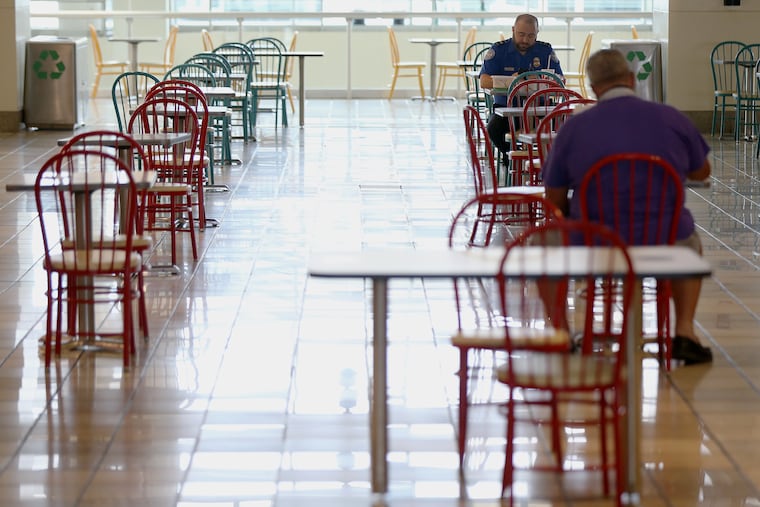WHO says airborne transmission of coronavirus ‘cannot be ruled out’
Airborne spread, while not proven, would add to the challenges of curbing the pandemic.

The World Health Organization on Thursday revised its official information on how the coronavirus is spread to grudgingly acknowledge that airborne transmission of the virus “cannot be ruled out.”
On Tuesday, after 239 scientists around the world urged the WHO to address the risk of airborne spread, the health agency promised to issue an updated scientific brief on the issue.
Until now, WHO’s position has been that the coronavirus is transmitted primarily in respiratory droplets released by an infected person who coughs or sneezes. WHO said that transmission by microscopic droplets that can hang in the air and be inhaled had been confirmed only as a result of aerosol-generating medical procedures performed in health-care settings, such as intubation. Health professionals should wear protective gear during such procedures.
Airborne spread, while not proven, would add to the challenges of curbing the pandemic. It would mean tiny droplets of the virus could linger in the air in indoor settings such as restaurants, nightclubs, places of worship, or offices, spreading the infection.
The WHO’s updated scientific brief stressed that evidence of airborne transmission is inconclusive: ”Some outbreak reports related to indoor crowded spaces have suggested the possibility of aerosol transmission, combined with droplet transmission, for example, during choir practice, in restaurants, or in fitness classes. In these events, short-range aerosol transmission … cannot be ruled out. However, the detailed investigations of these clusters suggest that droplet and fomite [object] transmission could also explain human-to-human transmission within these clusters. Further, the close contact environments of these clusters may have facilitated transmission from a small number of cases to many other people (e.g., superspreading event).”
In their letter to the WHO, the scientists urged precautionary measures including upgrading indoor ventilation systems and installing virus-killing ultraviolet light. But the WHO brief recommended only that people avoid crowded indoor gatherings, and “ensure good environmental ventilation in all closed settings.”